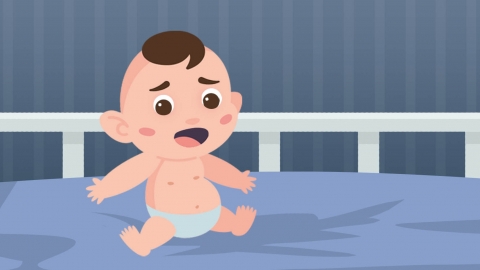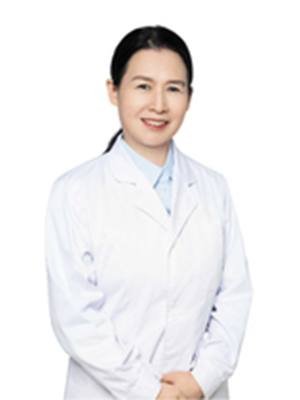How to perform physical cooling for a three-year-old child with fever
Generally speaking, fever refers to an elevated body temperature. Physical cooling methods for a three-year-old child with fever mainly include warm water bathing, adjusting indoor temperature and clothing, hydration, close observation, and using fever patches. However, if the fever persists, timely medical attention is necessary. A detailed explanation is as follows:

1. Warm Water Bathing
If the child has a persistent low-grade fever with a temperature below 38.5℃, warm water bathing can be used to assist in reducing the fever. For example, soaking in water at a temperature of 30-40℃ for 10-15 minutes can help the body dissipate heat.
2. Adjust Indoor Temperature and Clothing
When a child has a fever, it is important to adjust the indoor temperature promptly, ideally maintaining it around 25-26℃. Additionally, appropriate clothing should be chosen—preferably loose and breathable—to avoid excessive layers that may hinder heat dissipation.
3. Hydration
During a fever, the child should drink more water to ensure adequate hydration, which helps accelerate metabolism and supports fever reduction. However, it is recommended to choose warm water or warm milk, avoiding stimulating beverages.
4. Close Observation
When a child has a fever, closely monitor any changes in their physical condition. Pay attention to whether the fever is accompanied by symptoms such as poor mental state, decreased sleep quality, or physical weakness. If abnormalities are detected, seek medical attention promptly.
5. Using Fever Patches
If the aforementioned methods fail to reduce the fever, it is advisable to use fever patches under a doctor's guidance. Fever patches work by utilizing the principle of thermal conduction, absorbing heat from the child's skin into the patch to achieve a cooling effect.
It is important to note that medication should not be administered without medical advice, especially antipyretics and antibiotics, to avoid potential adverse effects. Additionally, during treatment, appropriate warmth should be maintained to prevent excessive cooling, which may lead to chills or other complications.






